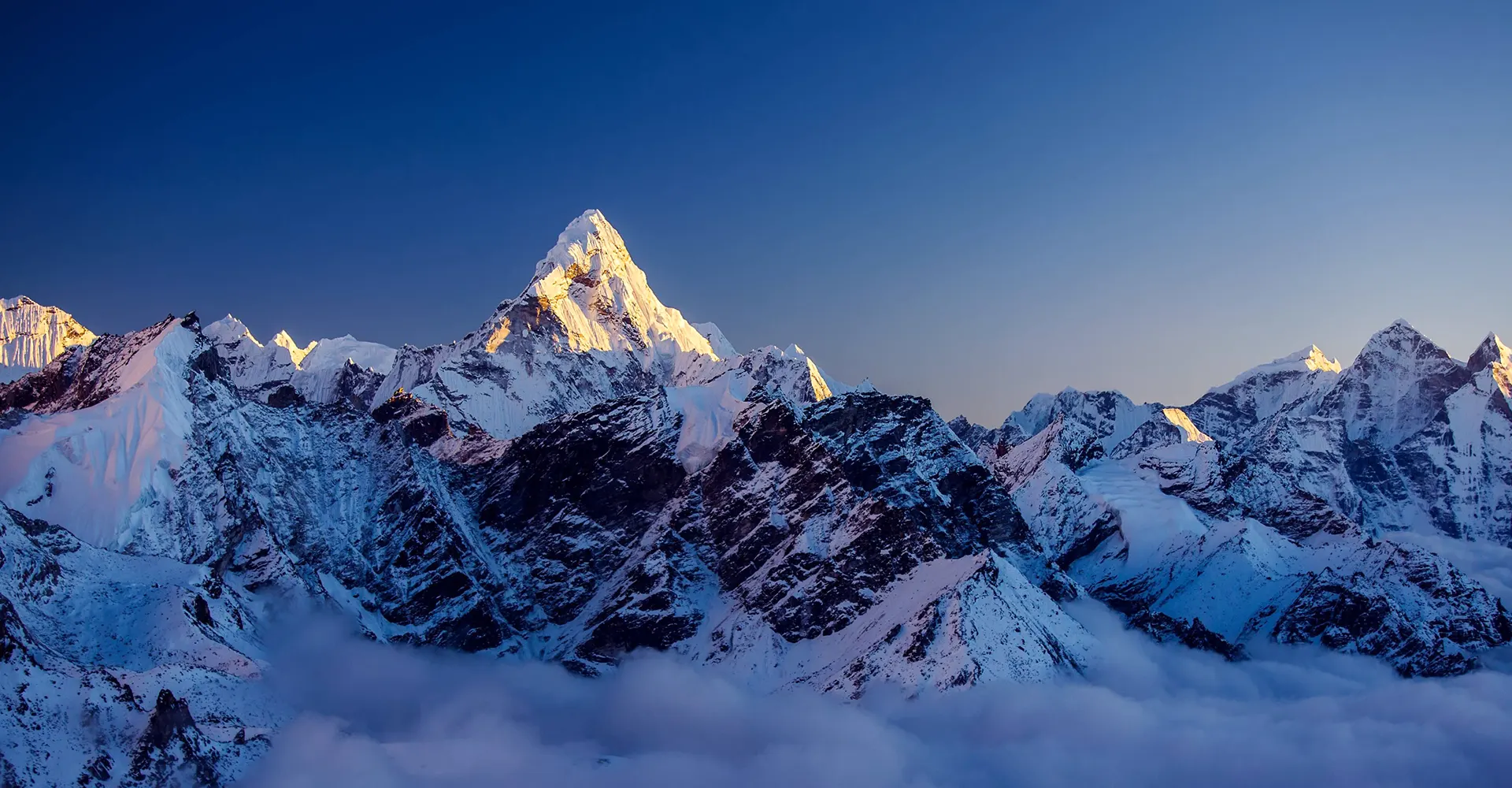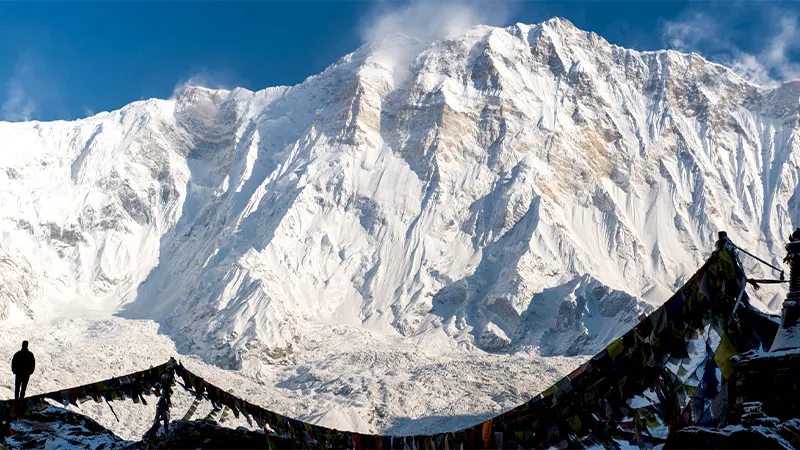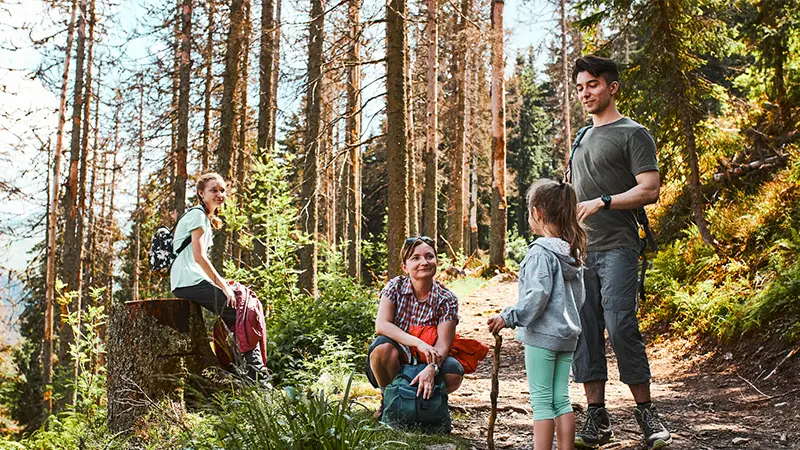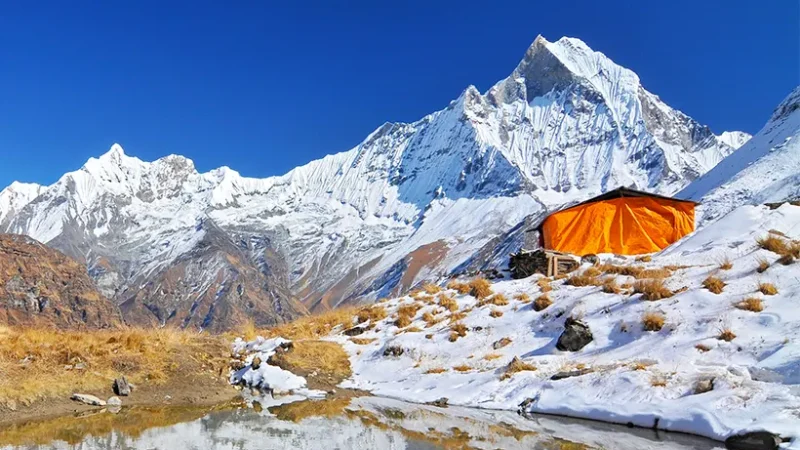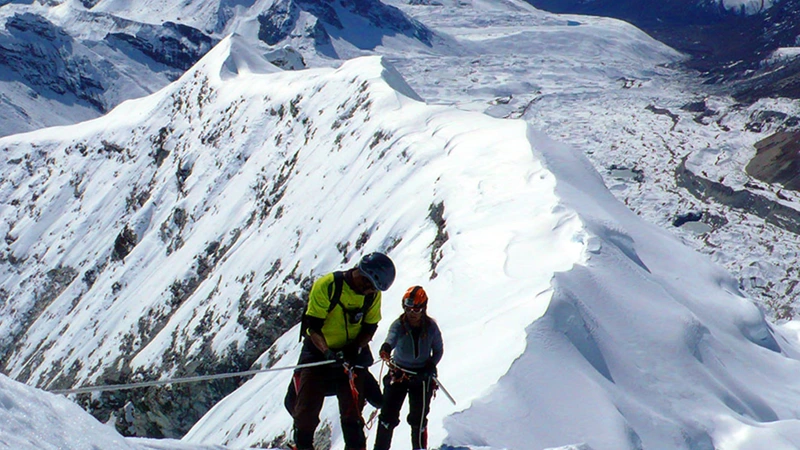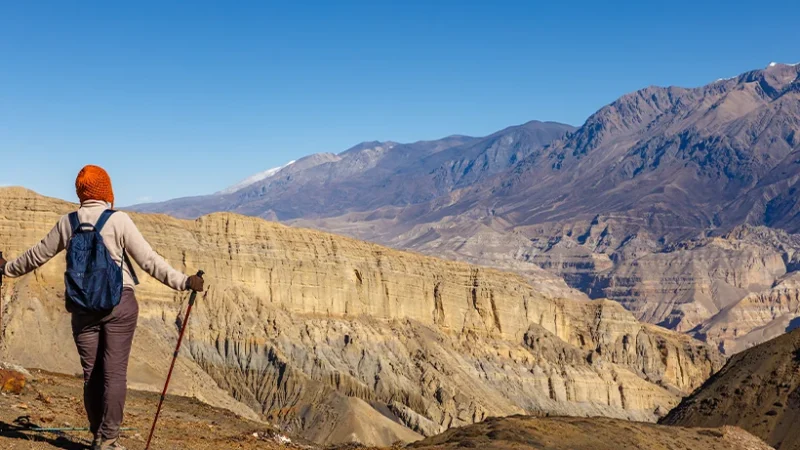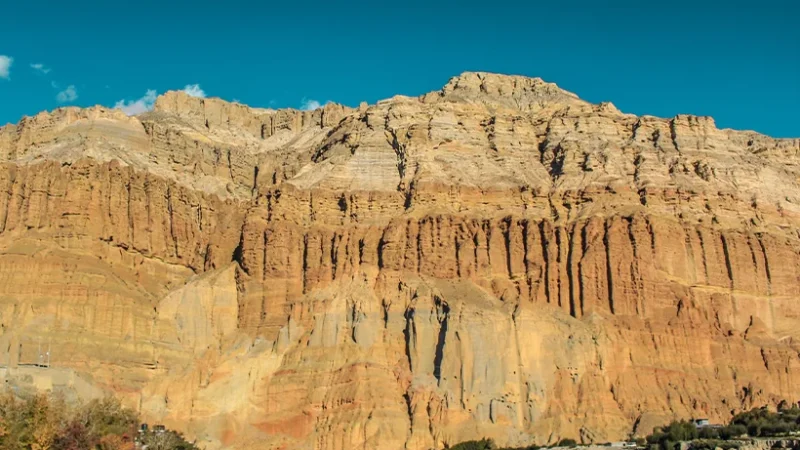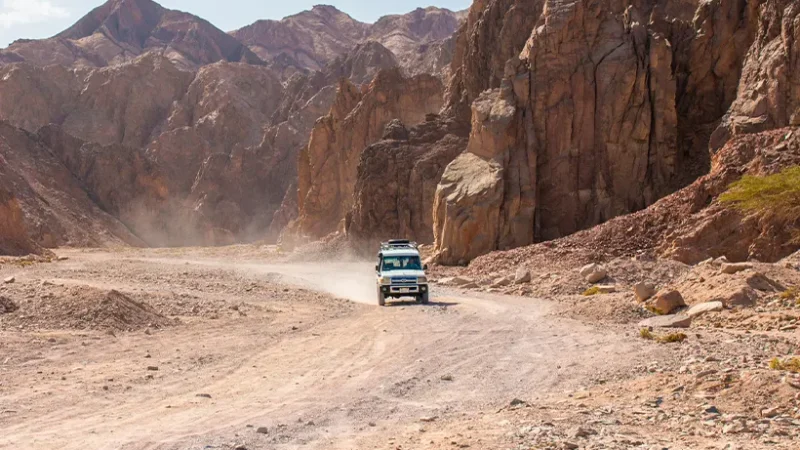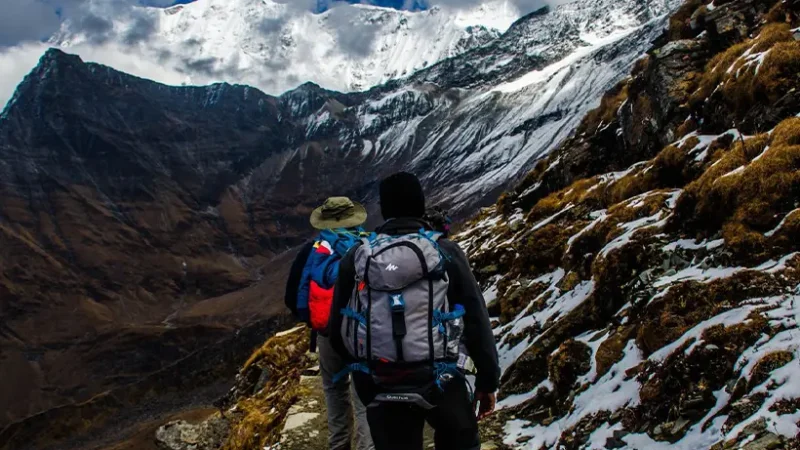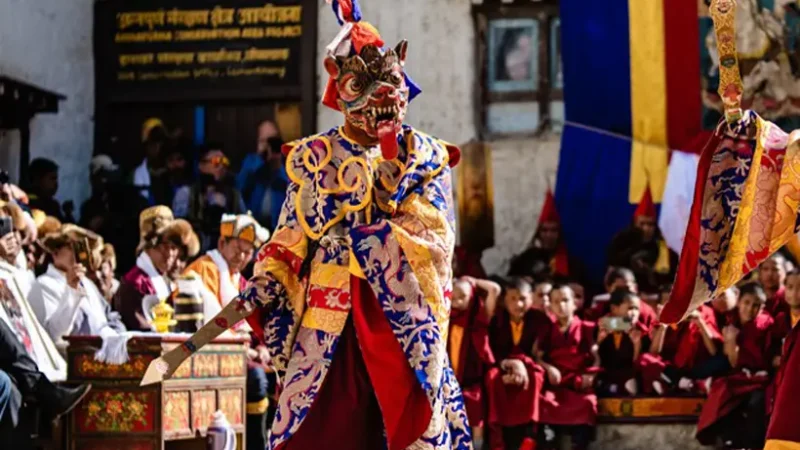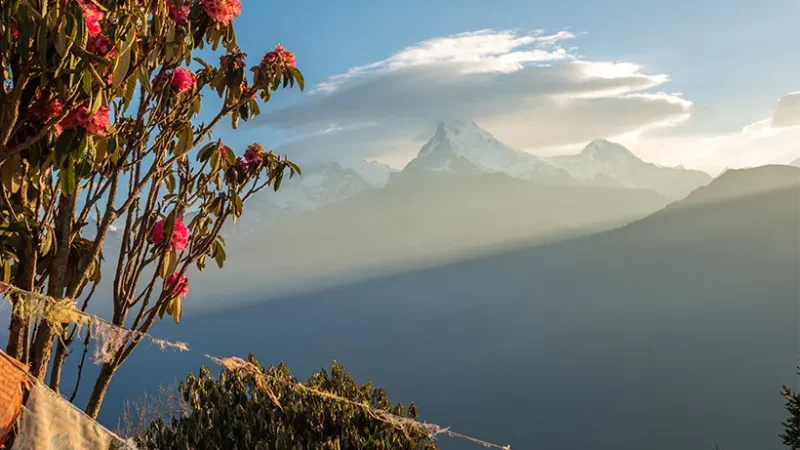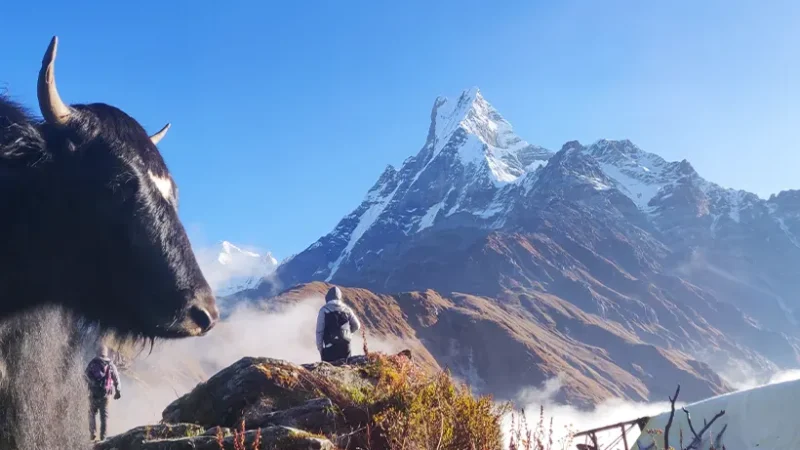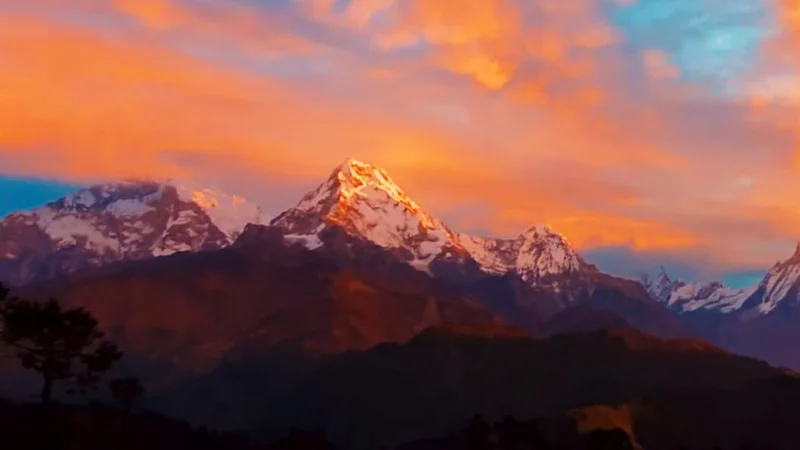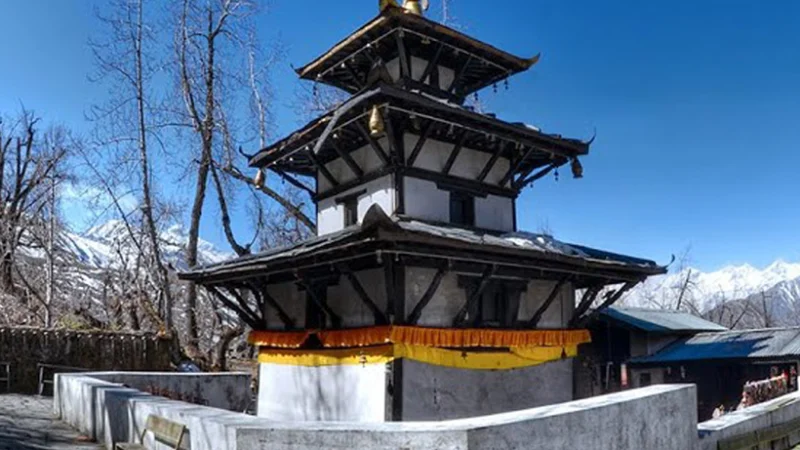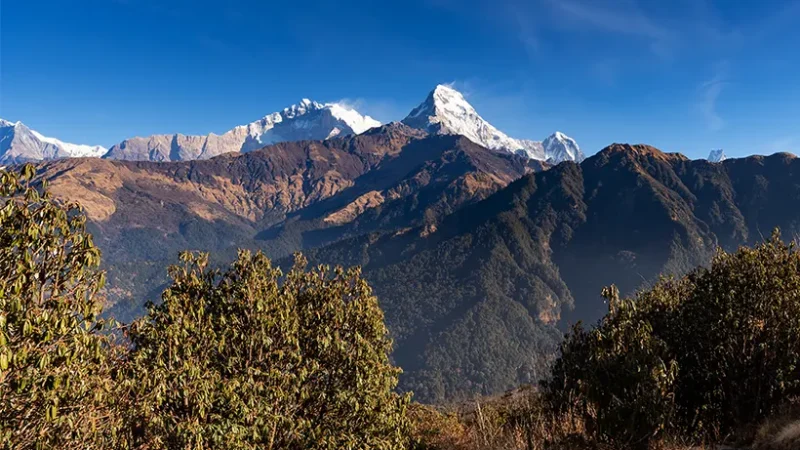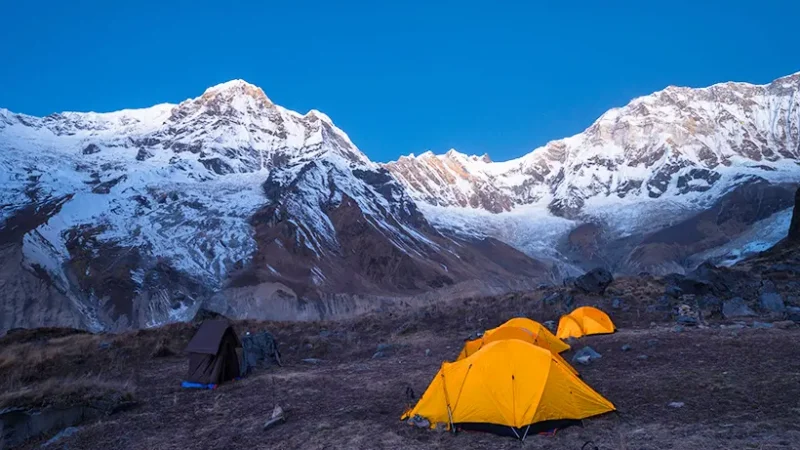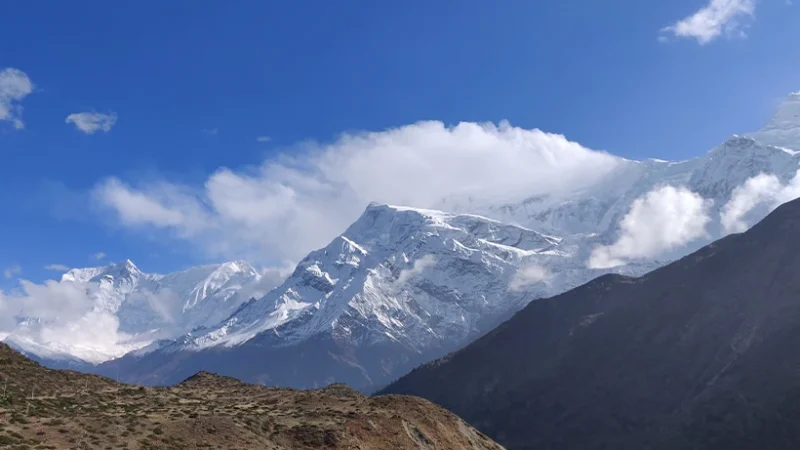Overview
Many independent trekkers dream of visiting the Annapurna region. It provides good trekking infrastructure and easy accessibility, with most trailheads only an hour or two from Pokhara. It combines some of Nepal’s most iconic mountains, including the fish-tailed Machhapuchhare and the massive Annapurna.
Annapurna I (8,091 m) was the first 8,000-meter peak to be climbed on June 3, 1950, by French mountaineers Maurice Herzog and Louis Lachenal.
However, the top of Annapurna I cannot be seen from most places in the area because it is hidden by other nearby peaks. However, the peak can be seen from a variety of locations, including Annapurna Base Camp (ABC). Despite this, Annapurna South is the peak that is most visible from many of the area’s popular trekking routes.
Annapurna is made up of four peaks that are numbered according to their height. These looks are captivating in all of their variations; at sunrise, they are bathed in beautiful hazy light, but clouds quickly sweep in, leaving them spiky.
The Kali Gandaki River serves as the primary drainage system for the Annapurna region. The river is also well-known for having Saligram fossils that are older than the Himalayas. The Hindu faith regards these Saligrams as representations of Lord Vishnu.
However, from low-altitude to high-altitude Annapurna region treks, you have a wide range of options to choose from. Whatever route you take, you will undoubtedly find yourself immersed in the breathtaking natural scenery of the Annapurna Region.
Spend some time with the mountain people who live on the world’s tallest peaks to get a true sense of their cultural way of life. The charming Gurung, Manangi, and Thakali villages that dot the landscape are a cultural highlight of the region.
Highlights of the Annapurna Region
- Pokhara, renowned globally for its breathtaking paragliding spot, is also famed for its Himalayan region and lakes.
- Annapurna Conservation Area, home to a great variety of plant and animal species because of its diversified collection of geographical features.
- Rare opportunities to interact culturally with the Gurung, Thakali, and other people who live in the region’s higher elevations.
The Himalayas of the Annapurna Region
The Annapurna region in west-central Nepal is renowned internationally for the Himalayas. It has some of the world’s tallest mountains and the deepest gorge, the Kali Gandaki Gorge between the Annapurna and Dhaulagiri Himalayan ranges.
You are guaranteed to take in most of the below-listed panoramic scenery Annapurna has to offer, regardless of whether you are going on a short trek or planning for a long trek.
- Dhaulagiri I 8,157 m (26,795 ft)
- Annapurna I (Main) 8,091 m (26,545 ft)
- Annapurna I Central 8,051 m (26,414 ft)
- Annapurna I East 8,010 m (26,280 ft)
- Annapurna II 7,937 m (26,040 ft)
- Annapurna III 7,555 m (24,786 ft)
- Annapurna IV 7,525 m (24,688 ft)
- Annapurna South 7,219 m (23,684 ft)
- Khangsar Kang 7,485 m (24,557 ft)
- Gangapurna 7,455 m (24,457 ft)
- Tarke Kang 7,202 m (23,629 ft)
- Lachenal Peak 7,140 m (23,425 ft)
- Tilicho Peak 7,135 m (23,409 ft)
- Nilgiri Himal North 7,061 m (23,166 ft)
- Nilgiri Himal Central 6,940 m (22,769 ft)
- Nilgiri Himal South 6,839 m (22,438 ft)
- Machhapuchchhre 6,993 m (22,943 ft)
- Hiunchuli 6,441 m (21,132 ft)
- Gandharba Chuli 6,248 m (20,499 ft)
Annapurna Conservation Area
Annapurna Conservation Area is the largest protected area of Nepal. It is in the Annapurna range of the Himalayas and has an area of 7,629 km2 (2,946 sq mi). The conservation site consists of the Annapurna Himalayan range and the Kali Gandaki River Valley, which is the deepest valley in the world. In the north, it is surrounded by the dry alpine deserts of Tibet (China) and Mustang, in the west by the Kali Gandaki River, in the east by the Marsyandi Valley, and in the south by the valleys and foothills of the northern Pokhara valley.
A broad variety of habitats can be found inside the Annapurna Conservation Area, making it an extremely diversified area. The protection area has a lot of different kinds of plants and animals because it covers a wide range of heights.
The conservation area consists of more than 1,200 species of flowering plants, 500 species of birds, 100 species of mammals, 40 species of reptiles, and 20 species of amphibians.
People and Culture of Annapurna Region
The human geography of the region also reflects the transitional nature of the region. Seven distinct cultural groups currently call this location home, each of which adheres to a distinct religious tradition and speaks a unique language. The cultural richness of the Annapurna region is on par with, if not greater than, the region’s biological diversity.
The Gurung and Magar ethnic groups abound in the southern region, whilst the Thakali, Manange, and Loba peoples abound in the northern region. Every one of these communities has its own distinct language, as well as history, culture, and customs that are all it’s own.
The upper Kali Gandaki valley and the area around Jomsom are the natural habitats of the Thakali people. The Gurung people can be found all over the region, although they are most numerous in the hills and valleys that are located near the Marsyangdi River.
Where is the Annapurna Region?
Annapurna region is situated in the country’s western region, where some of the most well-known treks are located. Areas near the Annapurna Mountain, the Dhaulagiri Mountains, and the Kaligandaki River basin are typically included in this destination.
How to get to Annapurna Region?
Pokhara is the gateway of Annapurna Region Nepal, which can be reached by bus/flight. Pokhara happens to be the starting/ending point for almost every Annapurna region trek. This destination already started providing breathtaking panoramas of the Himalayas.
When to visit in Annapurna Region?
The ideal seasons are February, March, April, and May, prior to the monsoon season when the Annapurna Region weather remains stable. If you are determined for Annapurna Region trekking after the monsoon, we suggest trekking in late September, October, November, and December.
© Copyright 2024 Eco-friendly Treks. Website Developed by: AVIVA


